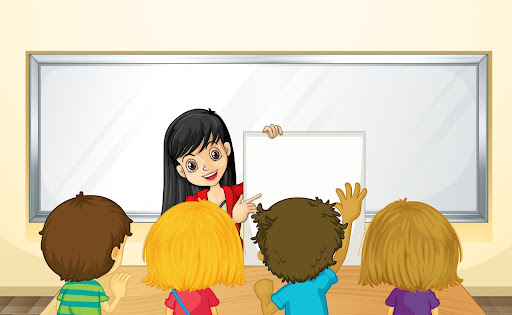Teachers know that every child is different and so are their learning needs. While some children may understand the concepts in no time, a few may take all the time in the world to get the same. If you are also looking for appropriate classroom management tools to cater to the learning needs of a mixed batch of students, you have reached the right spot! In this article, we will discuss some of the best tools that can make learning more engaging as well as effective. You can now scroll down and explore them!
Math & ELA | PreK To Grade 5
Kids see fun.
You see real learning outcomes.
Watch your kids fall in love with math & reading through our scientifically designed curriculum.
Parents, try for free Teachers, use for free
10 Best Classroom Management Tools
“The best teachers are artists who know the science of teaching”. – Richard Bankert
And indeed, classroom management tools for teachers are an important part of that “science of teaching” In addition to enhancing student engagement, these tools can promote order, enhance organization and instill a sense of community among kids. Therefore, teachers and parents alike are constantly seeking innovative tools to facilitate smooth classroom management and maximize student engagement. Read on to explore these innovative tools.
1. Call & Response
Call and response techniques promote active student participation and can be used to grab attention, reinforce concepts, or ensure a smooth transition between activities. By incorporating interactive verbal exchanges into the classroom routine, teachers can foster a sense of community and engagement among students by making the learning process more fun. For example, a teacher might say, “Class, if you’re ready to learn, say ‘Ready!'” and students respond enthusiastically, “Ready!”
2. Hand Signals
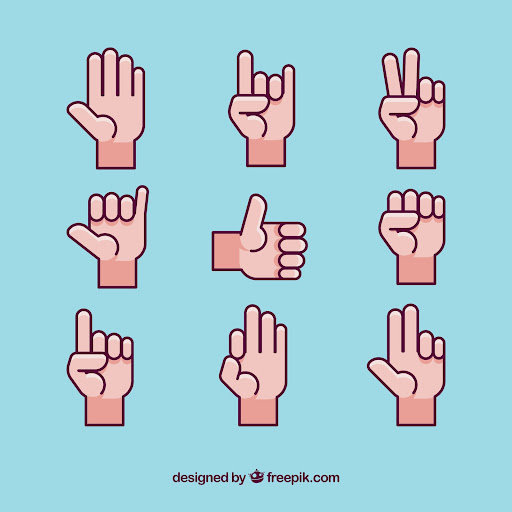
Hand signals provide a non-disruptive way for students to communicate their needs or responses. These visual cues are great tools for teachers which enable them to address individual students without interrupting the flow of the lesson, enabling efficient classroom management and minimizing disruptions. For instance, a raised hand can indicate a student’s request for permission to use the restroom, while a thumbs-up can indicate understanding or agreement.
3. Classroom Cheers

Classroom cheers are energetic chants or cheers that can be used to celebrate achievements, boost morale, or enable a smooth transition between activities. They create a positive and inclusive classroom culture, fostering a sense of unity and enthusiasm among students. For example, a simple cheer like “Go team, go!” can be used to celebrate successful completion of a task or to create a positive atmosphere before beginning a challenging activity.
4. Voice Level Chart
A voice level chart is a visual tool that displays different noise levels corresponding to specific activities or expectations. Using visual cues, teachers can effectively manage noise levels and ensure students understand the appropriate volume for different situations. For instance, a voice level chart may have categories such as “Silent,” “Whisper,” “Indoor Voice,” and “Outdoor Voice,” accompanied by corresponding visual representations.
The voice level chart serves as a reminder for students to self-regulate their volume and helps maintain a focused and respectful learning environment. By referring to the chart, teachers can quickly redirect students who exceed the appropriate noise level, minimizing disruptions and promoting a calm and productive atmosphere.
5. Classroom Rules
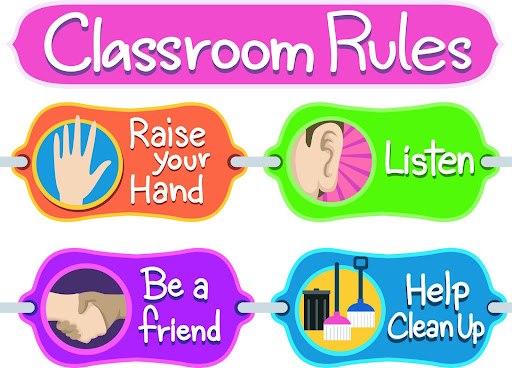
Clear and concise classroom rules set expectations for behavior and create a structured learning environment. By establishing consistent rules, teachers can effectively set expectations from the beginning, manage student behavior and promote a positive and respectful classroom atmosphere. Classroom rules can cover areas such as respect, responsibility, and cooperation. For example, rules may include “Raise your hand to speak,” “Listen when others are speaking,” and “Take care of classroom materials.”
Related Reading: Best Classroom Rules for Students
6. Reward Coupons
Reward coupons are valuable positive classroom management tools that allow teachers to reinforce positive behavior and motivate students to earn more rewards. These coupons serve as incentives or rewards for students who exhibit exemplary conduct, complete assignments on time, or demonstrate acts of kindness. Examples of reward coupons include ‘Extra Free Time’, ‘Preferred Seating’, or the ‘Opportunity to choose a Class Activity’.
Related Reading: Adorable and Affordable End of Year Gifts For Students
7. Brain Breaks
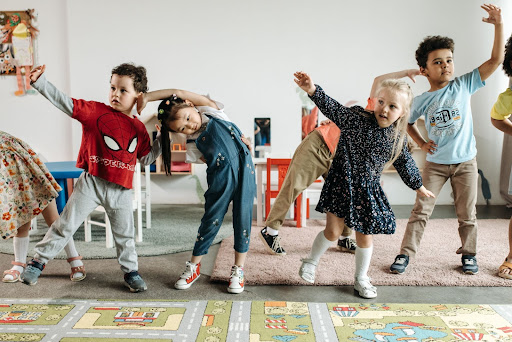
Brain breaks are short, energizing activities that provide a mental and physical break during the school day. These activities help students recharge, refocus, and increase their attention span, resulting in improved overall engagement and productivity. Brain breaks can include stretching exercises, simple dance routines, or quick energizing games.
Related Reading: Best Brain Breaks for Kids to Help Them Focus Better
8. Class Schedule
A well-structured class schedule promotes organization and time management skills among students. Clear visual schedules help students understand the sequence of activities, transitions, and expectations throughout the day, reducing confusion and enhancing productivity. Class schedules can include time slots for subjects, breaks, and special activities, displayed using easily understandable symbols and colors.
9. Word Wall
A word wall is a prominent display in the classroom that features high-frequency words, vocabulary, or thematic terms. It serves as a visual resource that supports literacy development and language acquisition. By incorporating a word wall, teachers provide students with easy access to frequently used words, aiding in spelling, reading, and writing.
The word wall acts as a reference tool for students, enabling them to independently retrieve and utilize words in their assignments and discussions. It promotes vocabulary expansion and helps students develop a better understanding of language patterns and word relationships. Additionally, the interactive nature of the word wall encourages student engagement and participation during language activities.
10. Class Jobs
Assigning class jobs fosters a sense of responsibility, teamwork, and ownership among students. By assigning specific tasks or roles to students, teachers can promote a supportive classroom environment where students actively contribute to maintaining and organizing the classroom. Class jobs can include tasks such as line leader, messenger, librarian, or materials organizer.
Assigning class jobs allows students to take pride in their contributions and develop valuable skills such as leadership, cooperation, and accountability. Moreover, it reduces the teacher’s workload and promotes a cooperative classroom atmosphere where students learn to rely on and support one another.
Related Reading: Best Classroom Management Strategies for Better Engagement
4 Reasons Why Classroom Management Tools are Important
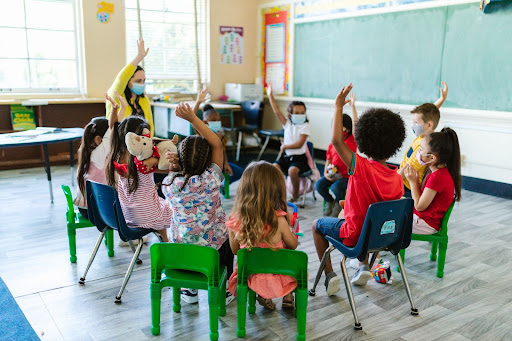
Teachers who possess years of hands-on experience of taking live classes vouch for the efficacy of these classroom management tools. They believe that teachers need to constantly explore innovative class taking techniques to keep improving their teaching style and classroom tools aid them tremendously in achieving this goal. These tools are not only crucial for teachers to improve the delivery of lessons but also helps ensure a measured growth of students by making them more organized, disciplined and responsible human beings.
1. To promote Discipline and Order
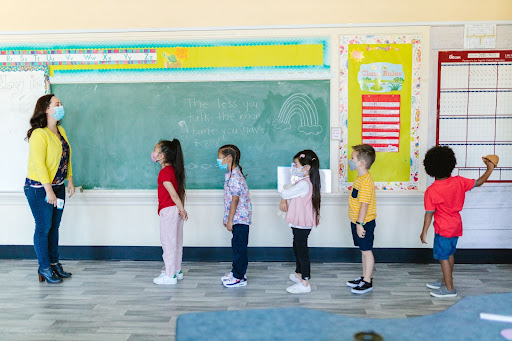
Classroom tools provide a framework for establishing classroom rules, expectations, and routines. They help teachers maintain discipline and order, ensuring that students understand the boundaries and consequences associated with their behavior and enable teachers to address behavioral issues quickly.
2. To enhance Student Engagement
Engaging students is a cornerstone of effective teaching. Tools offer various strategies to captivate students’ attention and maintain their focus throughout the lessons. Whether it’s through interactive activities, technology integration, or collaborative learning techniques, these tools create an engaging atmosphere that motivates students to participate in their learning journey actively. You’ll also find a lot of classroom management technology tools online that will help you increase engagement.
3. To create a Sense of Community
Tools such as collaborative projects, group discussions, and team-building activities promote a supportive classroom environment, encouraging students to work together, respect one another, and celebrate their collective achievements. Such tools foster a sense of community and belonging among students. When students feel valued and connected to their peers and teachers, they are more likely to engage in the learning process actively.
4. Supporting Differentiated Instruction
Every student learns differently, and classroom management tools cater to diverse learning needs. By implementing tools that support differentiated instruction, teachers can address their students’ varying abilities and learning styles. Whether it’s through technology applications, flexible seating arrangements, or individualized learning plans, these tools ensure that each student receives the support and accommodations necessary to reach their full potential.
In fact, a study by Dr. I.N. George in 2017 found that classrooms implementing various management tools showed higher levels of student engagement, improved academic performance, and reduced disruptive behavior. These findings emphasize the significance of utilizing classroom tools to create a conducive learning environment.
Related Reading: Best Teaching Tools to Use for Uplifting Classroom Standards
How Do Classroom Management Tools Help?

According to a study conducted by University of Minnesota in 2019, students learning with effective classroom management tools are more likely to be engaged in their learning. Another study conducted by Suleyman Demirel University in 2008 revealed that teachers who used classroom management tools reported feeling more confident and in control of their classrooms. These tools can provide a structured and harmonious environment for children to learn better and also help teachers build such an environment in their class.
Effective classroom management is essential for creating a productive and harmonious learning environment. These tools provide teachers with valuable resources to support their instructional strategies and promote positive student behavior. By utilizing these tools, educators can unlock several benefits contributing to student engagement, academic success, and overall classroom satisfaction. Let’s explore how classroom management tools help enhance teaching practices.
1. Improved Behavior and Engagement
One of the key benefits of such tools is their ability to enhance student behavior and engagement. Using behavior management tools in classrooms such as clear expectations, consistent routines, and positive reinforcement, teachers create a structured environment where students feel supported and motivated to participate actively. Strategies such as behavior charts or reward systems, help students understand and strive for positive behavior, fostering a conducive atmosphere for learning.
2. Improved Academic Performance
The tools enable teachers to optimize instructional time, reduce disruptions, and provide individualized support to students. This way teachers can ensure that students are actively involved in the learning process, leading to enhanced academic outcomes and overall success.
3. Nurtures Socio-Emotional Development
Classroom tools go beyond academic achievement. By fostering a positive and inclusive classroom environment, these tools promote empathy, self-regulation, and conflict-resolution skills. Students feel safe to express themselves, take risks, and learn from their mistakes, fostering emotional well-being and creating a nurturing space for personal growth. Further, there are also a lot of behavior management tools for classrooms that help kids develop good behavior and build better relationships with their peers.
4. Strengthened Teacher-Student-Parent Relationships
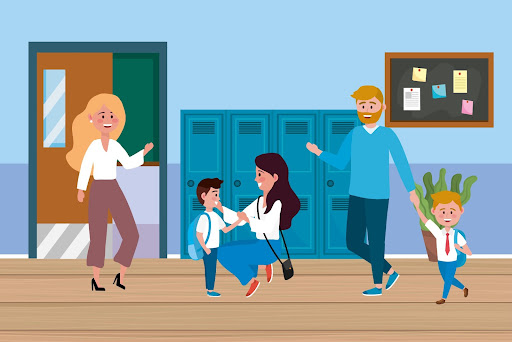
Strong teacher-student relationships form the core of effective classroom management. By implementing tools that promote positive interactions, active listening, and open communication, educators can establish strong connections with their students. Strong relationships among teachers, students, and their parents encourage kids to engage in the classroom, ask questions, seek assistance easily, and express their thoughts more freely.
5. Enhanced Classroom Organization
These tools assist teachers in maintaining an organized learning environment. By utilizing tools such as seating charts, digital organizers, and visual aids, educators can ensure smooth transitions between activities, optimize the use of instructional time and minimize disruptions. These tools contribute to a well-structured classroom that fosters a sense of order and enables students to focus on their learning tasks.
Related Reading: Classroom Organization Ideas to Make Teaching Productive
Conclusion
We can conclude our discussion by saying that teachers are artists in the real sense of the word.
“It is the supreme art of the teacher to awaken joy in creative expression and knowledge.” – Albert Einstien
By using the right classroom management tools and techniques, teachers can make a world of difference in the classes they take. A teacher’s aim is not only to impart knowledge but also to use their creativity or “art” to ignite the fire for learning in the hearts of their students. As they strive to do that everyday, Classroom management tools assist them in their journey wonderfully well!
Frequently Asked Questions (FAQs)
What are the different types of classroom management styles?
The four different classroom management styles a teacher can adopt are authoritarian, authoritative, indulgent, and permissive.
What are the 5 Cs of classroom management?
The 5 Cs a teacher needs to focus on when managing a classroom are communication, collaboration, creativity, and computational and critical thinking.
What is the best type of classroom management style?
The best type of classroom management style depends on the teacher and the students. Some students may respond better to an authoritarian and some to an indulgent teacher. Moreover, some teachers may naturally be authoritative figures and some may be more permissive. Teachers must choose their style according to what suits them and their students best.

















